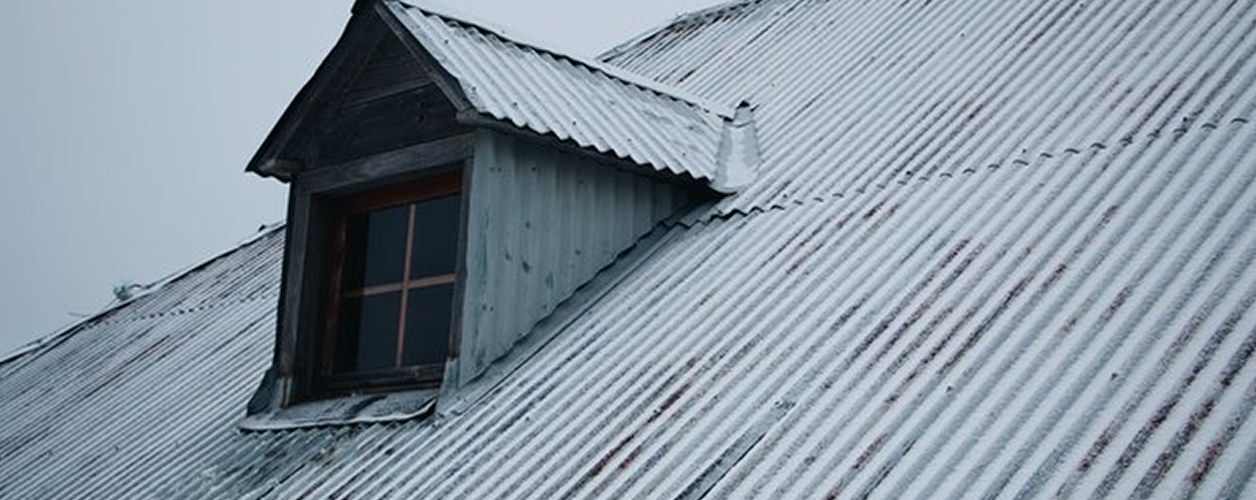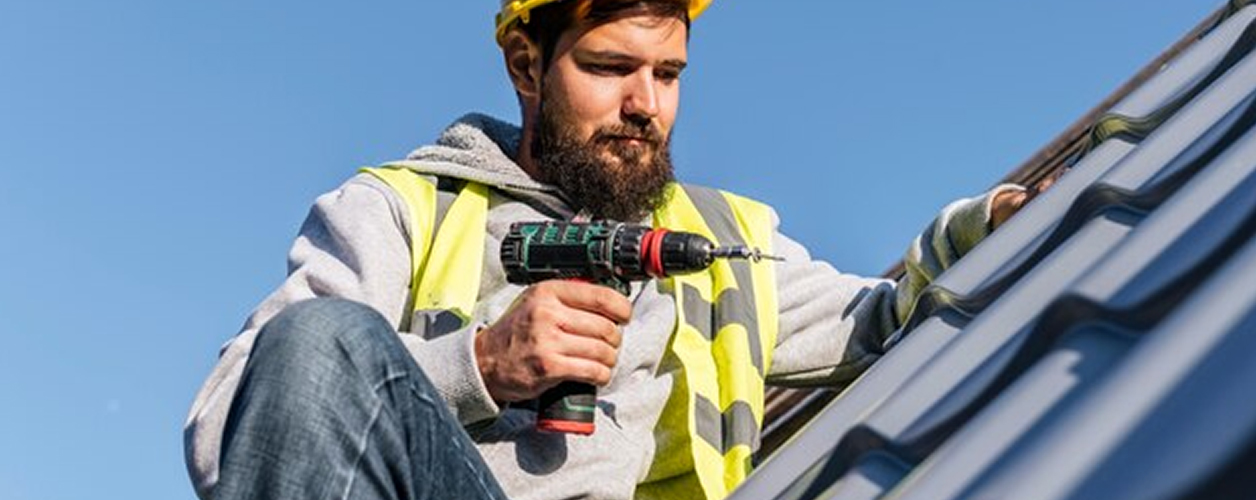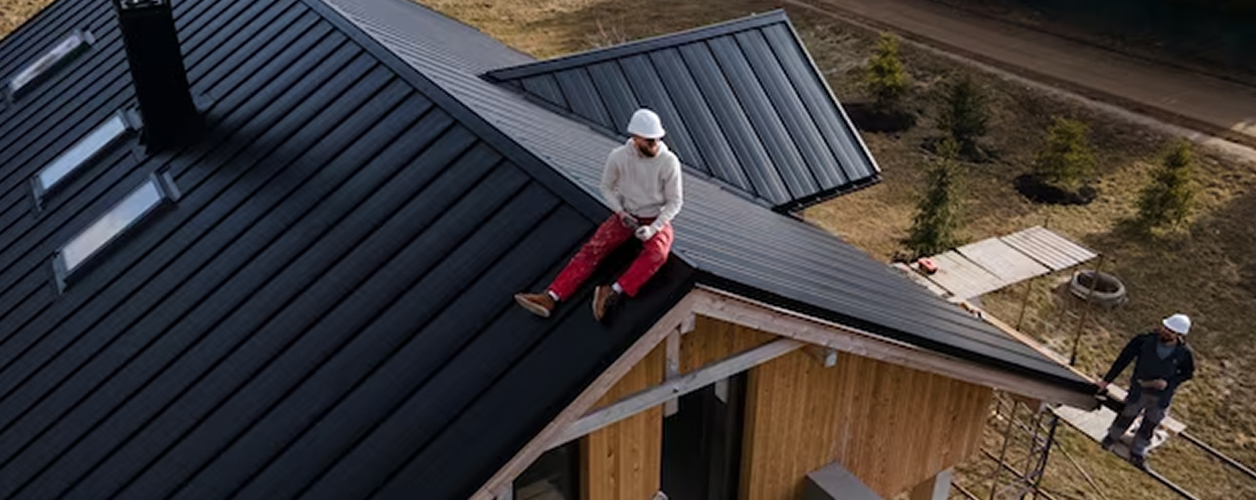Your roof is a critical component of your home, shielding it from the elements and ensuring your safety and comfort. Regular roof checks and inspections are essential to catch potential issues early and avoid costly repairs. Knowing how to inspect a roof can empower homeowners to identify problems effectively. Homeowners who invest in regular house roof inspections can save up to 30% on major roof repairs by identifying and fixing minor issues during a roof check up. Minor roof repairs, which can be identified during a roof check, typically cost between $150-$400, while major repairs or roof replacements can cost $5,000-$12,000.
Why Do Regular Roof Inspections Matter?
Your roofing system plays a crucial role in protecting your home and maintaining its structural integrity. A damaged or leaking roof can lead to various problems, including increased energy costs and compromised ventilation. By incorporating routine roof inspections into your homeowner responsibilities, you can identify and address issues before they escalate. Here are the crucial reasons for regular roof inspections:
- Roof inspections ensure that insulation and ventilation remain intact, which can save 10-15% on energy bills by maintaining optimal indoor temperatures.
- Inspections help detect sagging or damaged sections that may collapse under heavy loads (e.g., snow or storm debris), potentially saving lives by preventing accidents.
- Roof inspections can identify faulty wiring or poorly installed solar panels, which are potential fire hazards if not addressed.
- Experts recommend inspecting roofs at least twice a year—once in the spring and once in the fall—plus after major weather events such as storms or hail.
- During inspections, common problems include loose or missing shingles (15-20% of roofs inspected), cracked flashing (10-12%), and leaks (5-7%).
- Regular roof inspections can extend the life of a roof by 5-10 years, helping avoid premature replacements.
- 60% of roofing damage is caused by severe weather, making timely inspections crucial for avoiding water damage and costly repairs.
- Homes with inspected roofs are 40% less likely to suffer major damage during a storm.
- Metal roofs inspected and maintained regularly can last up to 50 years, while asphalt shingle roofs have a lifespan of 20-25 years, depending on maintenance.
How To Inspect Your Roof?
Initial Assessment: Piles of Leaves and Growth
Begin your roof inspection by looking for algae, moss, or piles of leaves. These elements can trap moisture, leading to potential damage. Moss, in particular, acts like a sponge, causing wooden structures beneath the roof to decay. Use binoculars to spot these issues and promptly clear away any debris.
To tackle moss, apply moss killer and use a broom or brush to remove it. Consider investing in moss- and algae-resistant shingles during re-shingling to prevent future infestations.
Shingle Check: Buckled, Curled, Damaged, or Missing Shingles
Hot attic air can cause shingles to buckle, warp, or curl, compromising your roof's integrity. Inspect for misshapen shingles, especially with asphalt shingles. If more than one-third of your shingles are affected, it's time for a re-shingling.
Check for damaged, missing, or old shingles. Wooden shingles may show signs of dry rot, while other materials like asphalt, metal, or clay tiles may exhibit wear or corrosion. Keep an eye out for granules in your gutters, especially with asphalt shingles, as their presence may indicate shingle damage.
Up-Close Inspection: Flashings and Structural Elements
If safe to do so, get on a ladder for a close-up roof inspection. Examine flashings around chimneys, dormers, and vent pipes. Damaged or corroded flashings can allow water into your roof's interior structure, leading to rot. If you spot damage, plan to replace the flashings.
Attic Investigation: Check Signs of Water Leakage
Check your attic for signs of water leakage, especially after heavy rain. Inspect rafters and the wooden interior for indications of moisture, mould, and rot. Identifying water damage early on can help you address issues promptly. Ensure vents from kitchens, baths, and dryers exit outside to prevent attic moisture buildup.
Roof Tile Surface: Check For Damage
You can perform a surface inspection for issues. The tile may suffer from scratches, cracks, missing grouting material, and displacement. Check for damage and take the required step to maintain a levelled surface and slip-free roof.
Gutter Examination: Preventing Blockage
Examine the gutter system to prevent water damage and clogging. Ensure downspouts and gutters are securely attached, and drains are open. Clean out debris from downspouts and trenches to avoid water buildup, which can lead to roof problems. If the system is severely damaged or corroded, consider a professional gutter replacement to restore proper drainage. Additionally, downpipe repair may be necessary if you notice leaks or cracks affecting water flow.
Roofing Materials Inspection: Check Common Issues
Different roofing materials require specific checks. Inspect cedar roofs for moss and splitting, tile roofs for cracks or breakages, and metal roofs for rust. Check supporting materials like timber for pest infestation, such as termites or wood borers.
Interior Inspection
Start by examining the inside of your roof in the attic. Look for sagging areas, signs of leaks, dark spots, trails, or holes for proper restoration of your roof. Identify and address potential issues before they become visible externally.
Exterior Inspection
Outside, inspect for missing or damaged shingles, algae growth, rotting, blistering, and curling. Check roof penetrations, such as chimneys and vents, for loose materials. Ensure gutters are free of excessive granules and inspect for mould or hidden moisture.
Roof Inspection Checklist: Your Key to a Well-Maintained Roof
As a homeowner, conducting your roof inspection can be challenging but crucial. To help you through the process, here's a detailed 10-point checklist to guide your inspection:
- Check for Broken Roof Tiles: Identify and count broken tiles that may lead to leaks and structural damage.
- Check for Broken Ridge and Gable Tiles: Thoroughly inspect ridge and gable tiles for potential leaks.
- Check the Condition of Ridge Capping: Examine ridge capping for cracks that may cause leaks or dislodgement.
- Check the Condition of Valley Tiles: Inspect valley tiles for breaks and secure any loose ones to prevent dislodging.
- Check for Weep Holes: Ensure proper drainage by checking for and clearing weep holes to prevent water buildup.
- Check the Condition of Valley Irons: Inspect valley irons for rust, a common issue that can compromise their effectiveness.
- Inspect the Lead Flashing: Examine lead flashing for cracks due to expansion and contraction, a potential cause of leaks.
- Inspect the Roof Surface: Evaluate the overall condition of your roof tiles, looking for moss, lichen buildup, and the need for recoating.
- Inspect Your Roof Fixing Methods: Ensure tiles are securely fastened to prevent damage during high winds.
- Check the Condition of Your Sarking: Inspect the fire and moisture retardant sarking under your tiles for deterioration, visible holes, or damage from wires.
Conclusion
While it's valuable to be well-informed about your roof's condition, safety is paramount. Attempting repairs without proper knowledge and equipment can lead to injuries or further damage. For any significant roof repairs, restorations, or replacements, it's advisable to hire skilled roofing professionals.
Regular roof inspections are a cost-effective way to maintain your home's first line of defence. By following this comprehensive guide and roof inspection checklist, you can identify potential issues early, ensuring the longevity and functionality of your roof. If you come across minor roof leaks, here is your guide on how to repair minor roof leaks yourself. Prioritise safety, act promptly on identified roof problems and enjoy a well-maintained home for years to come.







